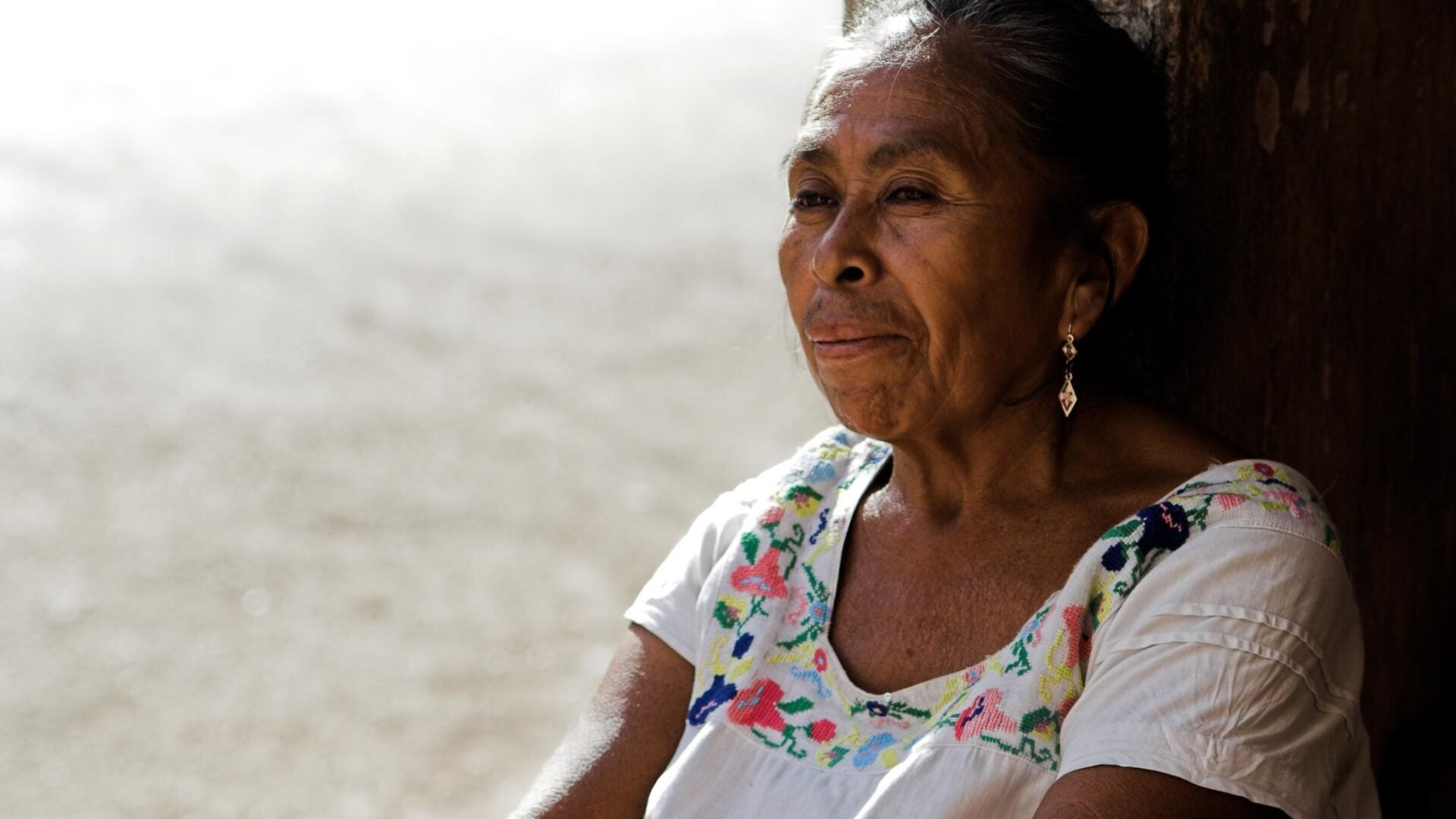Integrating Violence Prevention and Women’s Economic Empowerment

In the past two decades, female labor force participation has doubled in Mexico within the context of decreasing rates of violence against women. The World Bank, the World Health Organization, the Inter-American Development Bank, and other international actors have recognized that increasing female economic participation is one of the interventions needed to address violence against women in Latin America. However, there has been limited research conducted on the ways in which non-governmental organizations (NGOs) are already working to integrate violence prevention and economic empowerment, and the challenges they face in their work. The lack of knowledge of best practices and gaps on these issues impedes the government and organizations from replicating and scaling programs that work in tackling violence against women. The need for effective, evidence- based programming is critical, considering that violence against women affects almost half of Mexican women: 46.6% stated in 2011 that they had faced at least one form of violence.1
This gap in knowledge prompted the following research into current programs in Mexico that address women’s economic participation and/or violence against women. Several themes emerged from the semi-structured interviews with 16 key informants from NGOs working on these issues in Mexico.
All the leaders recognized the need to integrate women’s economic empowerment and violence prevention. However, many organizations find it difficult to include violence prevention and/or economic empowerment in their programming due to sensitivity around violence against women, lack of resources, capacity, and expertise, and a lack of data that makes it challenging to make the business case for integration. Some organizations do not include violence prevention or economic empowerment in their theories of change, which causes these issues to be neglected even further. Finally, few organizations seem to be working on the issue of economic violence, due to the lack of media and policy attention it generates, and the lack of perceived urgency around the issue as compared to other forms of violence against women, such as trafficking, which receives more funding.
Partnerships between violence prevention organizations and economic empowerment organizations are one solution to this issue, but they are rare due to NGOs’ lack of funding in this area and the non-profit world’s limited history with partnerships. Another constraining factor is NGOs’ small peer networks: they lack the network to expand or advocate for their work, especially with corporations.
This report provides recommendations for organizations in Mexico working on violence prevention and/or women’s economic empowerment. Funders should direct more resources toward partnership building, capacity building, and data collection and research, and the prevention of economic violence. Organizations should review their theories of change, and see how violence prevention and/or economic empowerment can be incorporated into programs to strengthen effectiveness. They should consider increasing male participation in programming where possible, and take into account the different forms of violence, especially economic violence, when addressing violence in their programs.
Charamnac, C. (2016). Integrating Violence Prevention and Women’s Economic Participation: Lessons from Mexico. Georgetown University Women’s Leadership Institute, Georgetown University, Washington, DC. Retrieved from: https://giwps.georgetown.edu/resource/mexico-economic-empowerment/
Explore More

Women, Peace, and Security Shadow Report to Congress: What Was Built, What…

WPS Index 2025/26
